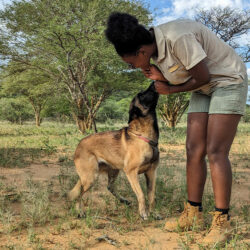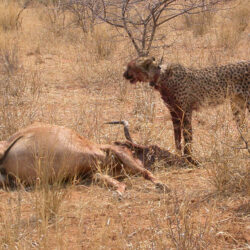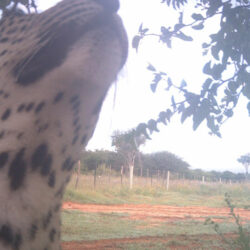Research Identifies Factors Linked to Chronic Gastritis in Cheetahs
-

- by Brandy Morenko Campbell May 20, 2022
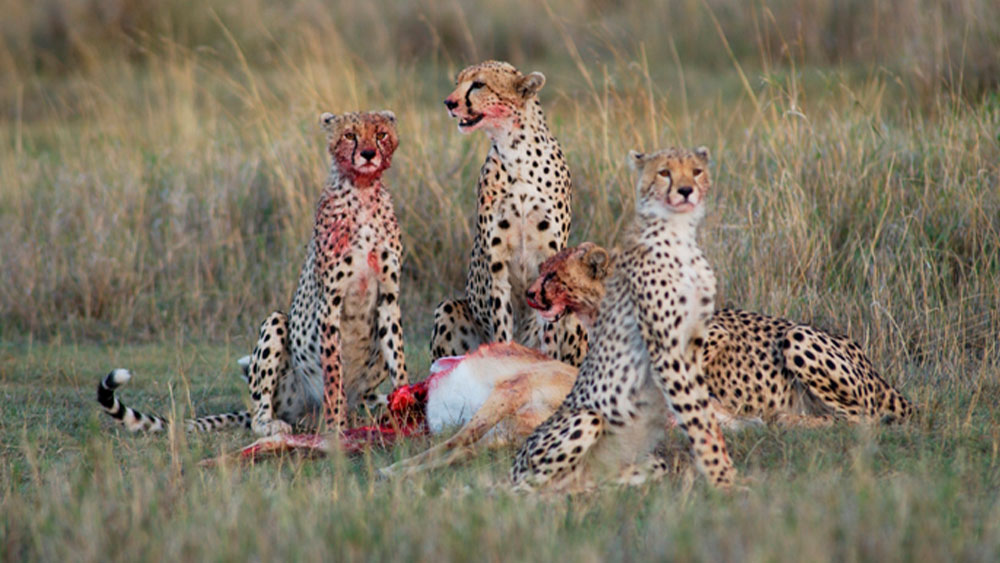
Article Summary of Chronic Stress-Related Gastroenteric Pathology in Cheetah: Relation between Intrinsic and Extrinsic Factors
Authors: Sara Mangiaterra, Laurie Marker, Matteo Cerquetella, Livio Galosi, Andrea Marchegiani, Alessandra Gavazza, and Giacomo Rossi
Gastrointestinal disease, especially gastritis, is a major cause of mortality in cheetahs, so understanding this disease process is of the utmost importance for the future of the species. A recent comprehensive review of the literature dating back to 1991, when the initial scientific descriptions were described, through 2021 was conducted to summarize the factors found to be associated with this disease process. Ten publications were identified and included.
Captive cheetahs were noted to be more affected than their free-ranging counterparts. Researchers found that numerous factors predisposed captive cheetahs to stress which in turn predisposed them to gastritis. They found these factors could be divided into two basic categories: intrinsic, that being associated with the animal’s individual genetics or physiology, and extrinsic, being associated with external variables that are introduced to the individual animal. Intrinsic factors include genetic variation, the robustness of the immune system, and the microbiome. Extrinsic factors include diet, living conditions such as enclosure size, social groups, exercise, temperature, and the number of visitors.
While helicobacter infection has been linked to gastritis in cheetahs, free-ranging animals have been found to be infected yet do not show signs of disease. It is thought that extrinsic factors that cause elevated stress levels can lead to cortisol and gastric mucosal changes that predispose the animals to changes in immune function, inflammation, and infection. Intrinsic factors, such as having decreased genetic variability as seen in the cheetah, especially within the immune system, has also been associated with increased susceptibility to infectious disease and helicobacter associated gastritis.
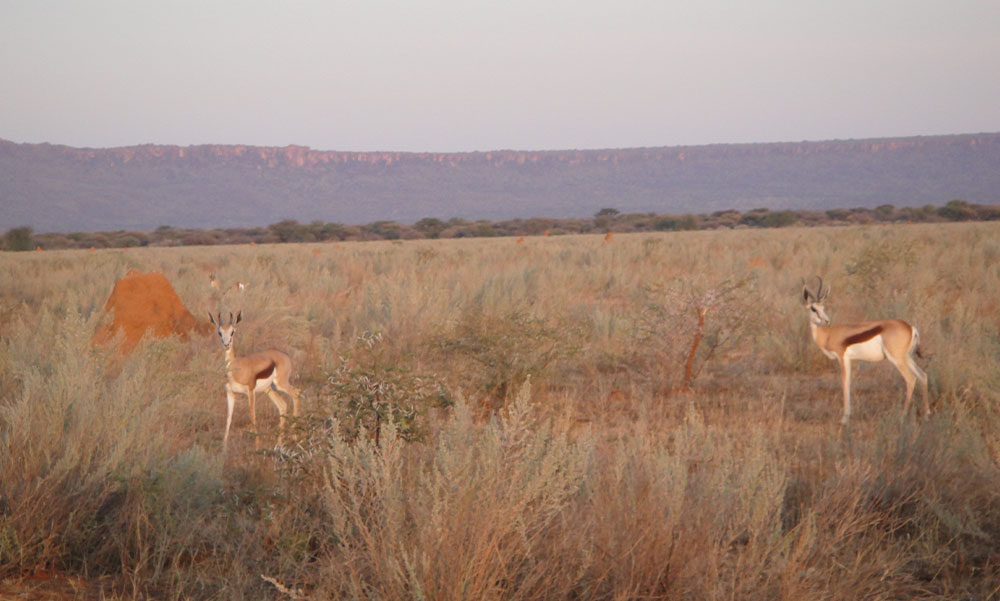
The diet of free-range animals differs in several ways from that of captive animals. The species fed to captive cheetahs is not the same as what free-range animals eat and the prepared diets can be processed and preserved in ways that can change its nutrient makeup. These captive-fed diets can differ considerably in nutrients, such as polyunsaturated fats and arachidonic acid, that are essential to the health of gastric mucosa and its ability to fend off diseases such as helicobacter.
Cheetah researchers, conservationists, behaviorists, biologists, and care-takers can use this summarized information to evaluate animal risk factors and develop strategies aimed to mitigate and reduce gastrointestinal diseases in captive cheetahs.
Related Reading
-
July 8, 2024
N#A-JAQNA Conservancy Trip

